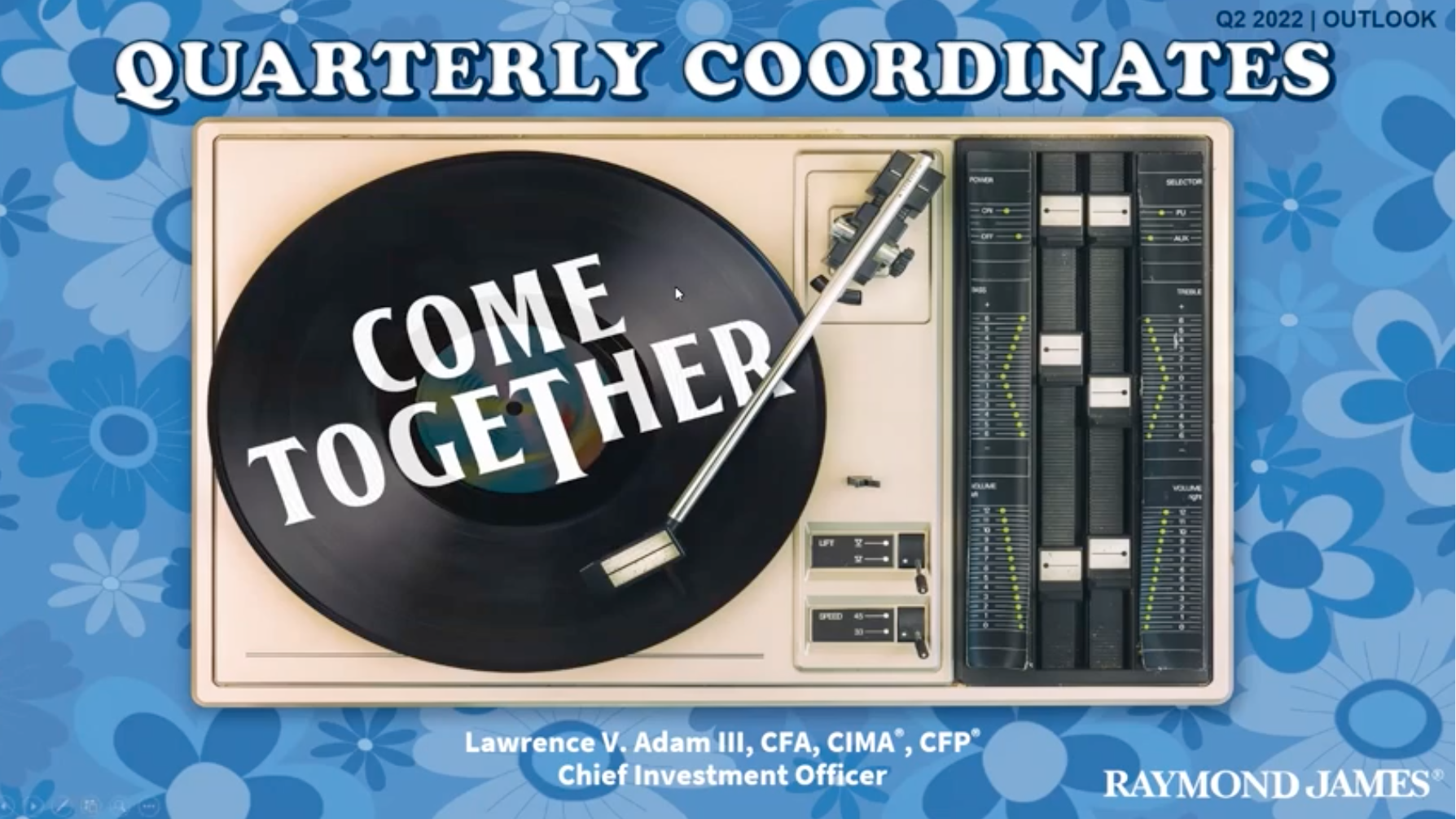Article
Is ‘retirement’ based on outdated rules?
When considering retirement, today's physicians need to outline their current financial situation; list and prioritize goals; and have a plan prepared that will show if their objectives are based in financial reality.
Money Matters By John S. Grande, CFP, Traudy F. Grande, CFP, and John J. Grande, CFP
The number one financial topic prompting questions from attending ophthalmologists at a recent ophthalmology conference was on “retirement” and how the current market volatility might affect planning.
One recurring theme is that no physician appears to be in a hurry to retire. Almost without exception, most seem content to work until at least age 70-and then perhaps work part time.
This is much different from the Great Depression, when Congress passed the Social Security Act in 1935 and life expectancy was 58 years for men and 62 years for women. Now, we are only thinking to begin retirement at age 70. And according to some research, babies born today have a chance of living to the age of 120. Now that’s a long career.
Physicians wanted to know how to calculate:
· When could they actually retire, if they were forced to?
· How much could they spend in retirement?
· Would they ever run out of money?
· Were they saving enough?
· Were they taking too much or too little risk?
These are not questions that spur any level of confidence by guessing. Some outdated rules of thumb were being used by some, such as:
· You only need about 65% to 75% of current income needs after retirement.
· As long as I don’t withdraw more than 4% off of my portfolio, I will be safe.
· I should come out of equities just before or during retirement because I won’t need growth any longer.
All of these simple calculations sound acceptable, except that none of them holds true in 2016 and moving forward. At least, as far as we can predict.
Rule of thumb 1
You need 65% to 75% current expenses in retirement. This point has not been reality over the past 30 years. In fact, because retirees are healthier and have more free time in retirement, they tend to spend the same or even more than before, at least for the first 5 years.
Rule of thumb 2
The 4% withdrawal might have worked in the past, but given the predicted lower growth of the equity markets and low interest rate environment expected over the next 10 to 15 years, this will be closer to 3% or less.
Also, unlike the accumulation phase of your life, the volatility of the markets actually was helpful because you were dollar-cost averaging into the markets. In retirement, during the distribution phase of your life, if the markets turn down-especially during the first several years of retirement-it could have a devastating effect on your portfolio.
This is referred to as a negative sequence of return. As the value goes down, the fixed amount withdrawn automatically becomes a higher percentage, creating a vicious cycle of erosion.
Rule of thumb 3
The last misconception is about leaving the equity markets because all you need is income. The first reason this is not a prudent approach is because even at age 70, you would have a life expectancy (time horizon) of 20 years or more.
Physicians will have to protect themselves against inflation. Growth will be necessary to protect against future rising costs and this is imperative in planning, especially if a spouse is involved.
It is preferable to pull income from many sources including annuities, Social Security, fixed income, and total return portfolios. Imagine how much money is needed in a money market account to have enough income.
Options available
If some of this sounds discouraging, there are ways to plan for retirement that allow one to be prepared and confident that all needs will be supported.
There are also investment products and strategies today that allow investors to defer taxes, have hedging techniques against market turndowns while participating in a portion of the upward market moves, and create recurring income streams.
Outline the current financial situation; list and prioritize goals; and have a plan prepared that will show if the objectives are based in financial reality.
If they are not, then this is a good starting point to reprioritize goals and savings habits. Many planning tools are available that can outline one’s probability of success, as well as illustrate if there is too much risk or not enough savings.
Retirement analyses like these-at least, in our experience with hundreds of physicians-often relieve anxiety from the unknowns about retirement. Even if a late retirement is the plan, one’s health must cooperate with that plan. That is one area that none of us can predict. It is never too late or too early to begin retirement planning.
Disclosures:
John S., Traudy F., and John J. Grande, CFPs, are the editors of the Money Matters column. They are owners and principals of Grande Financial Services Inc., Oakhurst, NJ, (website: www.grandefs.com) and registered principals of Wells Fargo & Co., member of SIPC. The Grandes advise physicians across the country on a diverse range of investment and financial matters. Readers may submit their financial questions to them at john.s.grande@wfafinet.com
The views expressed in the Money Matters column are the views of Grande Financial Services, and should not be considered as investment advice. Grande Financial Services does not provide tax or legal advice. All information is believed to be from reliable sources, however, Grande Financial Services make no representation as to its completeness or accuracy. Past performance does not guarantee future results. Investing involves risk including the potential loss of principal.
Wells Fargo Advisors Financial Network, LLC, Member SIPC, is a registered broker-dealer and a separate non-bank affiliate of Wells Fargo & Company. Stocks offer long-term growth potential, but may fluctuate more and provide less current income than other investments. An investment in the stock market should be made with an understanding of the risks associated with common stocks, including market fluctuations.
Investment products and services are offered through Wells Fargo Advisors Financial Network, LLC (WFAFN), Member SIPC. Grande Financial Services, Inc. is a separate entity from WFAFN.
Newsletter
Don’t miss out—get Ophthalmology Times updates on the latest clinical advancements and expert interviews, straight to your inbox.





